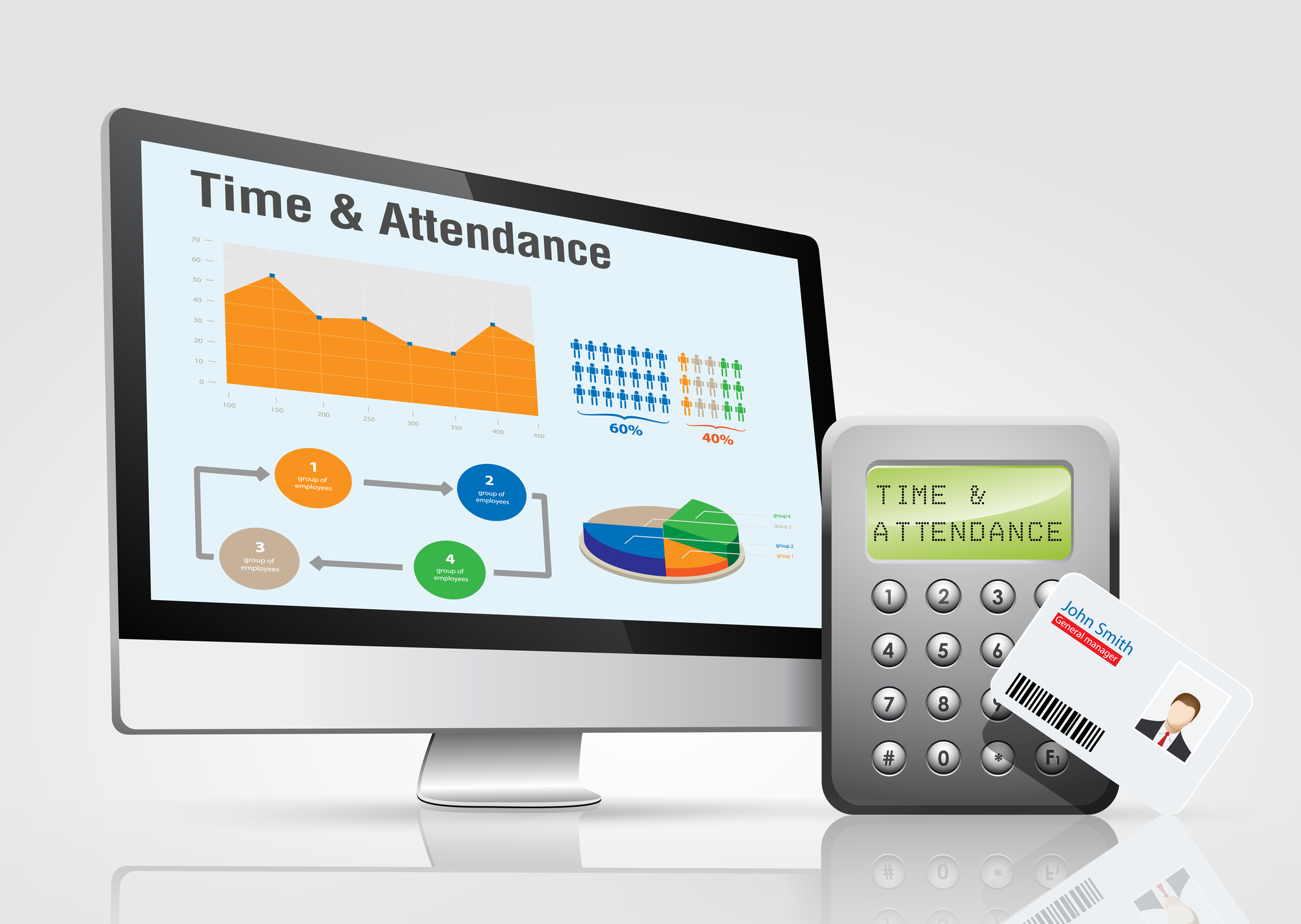

A source of innovation and growth, employees are a key ingredient to the success of your growth-oriented business. Human capital is one of your biggest assets and one of your largest expenses.
In many industries, labor costs represent a significant percentage of total business expenditures which is why it’s important to keep careful track of time, attendance, and productivity. As you grow your business, you need the right tools to simplify processes and minimize complexity. Accurate time and attendance tracking is essential to increase the accuracy of workforce data and reporting required for benefits administration and compliance.
Inaccurate timekeeping often leads to costly pitfalls such as regulatory compliance missteps, payroll errors due to over- or under-paying employees, and other issues that negatively impact productivity.
To prevent these and other error-prone breakdowns, many growth-oriented businesses use automated time and attendance systems to maintain reliable records and provide flexible time collection methods.
There are many advantages to automating time and attendance tracking.
One benefit is it ensures fast, accurate payroll preparation by eliminating manual timecards and rule interpretations. It provides time collection flexibility so that employees can clock in wherever they are, with the method your business chooses—whether it’s a simple web entry or badge or biometric readers.
Automated Time & Attendance tracking enables you to consistently enforce pay policies and apply pay rules to ensure accurate benefits administration and compliance.
Why you need to track time, attendance, and absenteeism
According to statistics from the US Department of Labor, nearly 3 percent of an employer’s workforce is absent on any given day. The Centers for Disease Control and Prevention (CDC) report that productivity losses from missed work cost employers $1,685 per employee each year.
That represents a big impact on your bottom line.
By tracking employee hours and absences, your business can better manage absenteeism—from paid time off and sick leave administration to regulatory compliance issues. Plus, you’ll gain insights into the underlying causes of absenteeism including health issues, employee morale, or workplace harassment and discrimination issues. Accurate time and attendance data helps you make better-informed business decisions regarding hiring, workforce reductions, job assignments, and training needs.

Five reasons why you need to track employee hours for benefits administration and compliance
Time and attendance tracking helps you deal with sticky issues that can cause regulatory problems, headaches, and stress. For example, your business needs to keep accurate time records to comply with the following:
Why prompt approvals and accurate PTO tracking is important
Paid leave, or paid time off (PTO), is one of the most highly-valued employee benefits. According to a 2018 survey, 43% of employees noted that paid leave was the work-related benefit that made them feel most loved by their employer. Given that many businesses award paid time off based on the number of hours or days worked, it’s critical to ensure your calculations are accurate and correct.
To maintain employee satisfaction, it’s also important to have a system that makes it fast and easy to request, review, and approve scheduled absences. Employees feel relieved and more productive when they know a PTO request has been approved as opposed to stressed about the uncertainty of their planned time away.
Accurate time tracking ensures compliance with pay rules
Automated time and attendance tracking helps ensure employees are working the correct number of hours and paid in accordance with federal and state wage and hour laws. SHRM cautions, “The greatest risks lie in making improper absence-related deductions from the pay of employees who are considered exempt” from FLSA and state wage and hour laws. If those employees are found not exempt and eligible for overtime, the business may face significant penalties.
When non-exempt workers work more than 40 hours per week, an automated time and attendance system records those hours and accurately calculates overtime pay according to FLSA regulations.
Use time and attendance tracking to improve benefits administration
Whether you’re building your own company or growing the one you’re with, automated time and attendance tracking and payroll compliance can be a drag on your time and budget. Payroll Medics provides the tools you need to automate time collection and payroll preparation while keeping you in compliance with FLSA, overtime laws, and regulations governing all types of leave benefits.